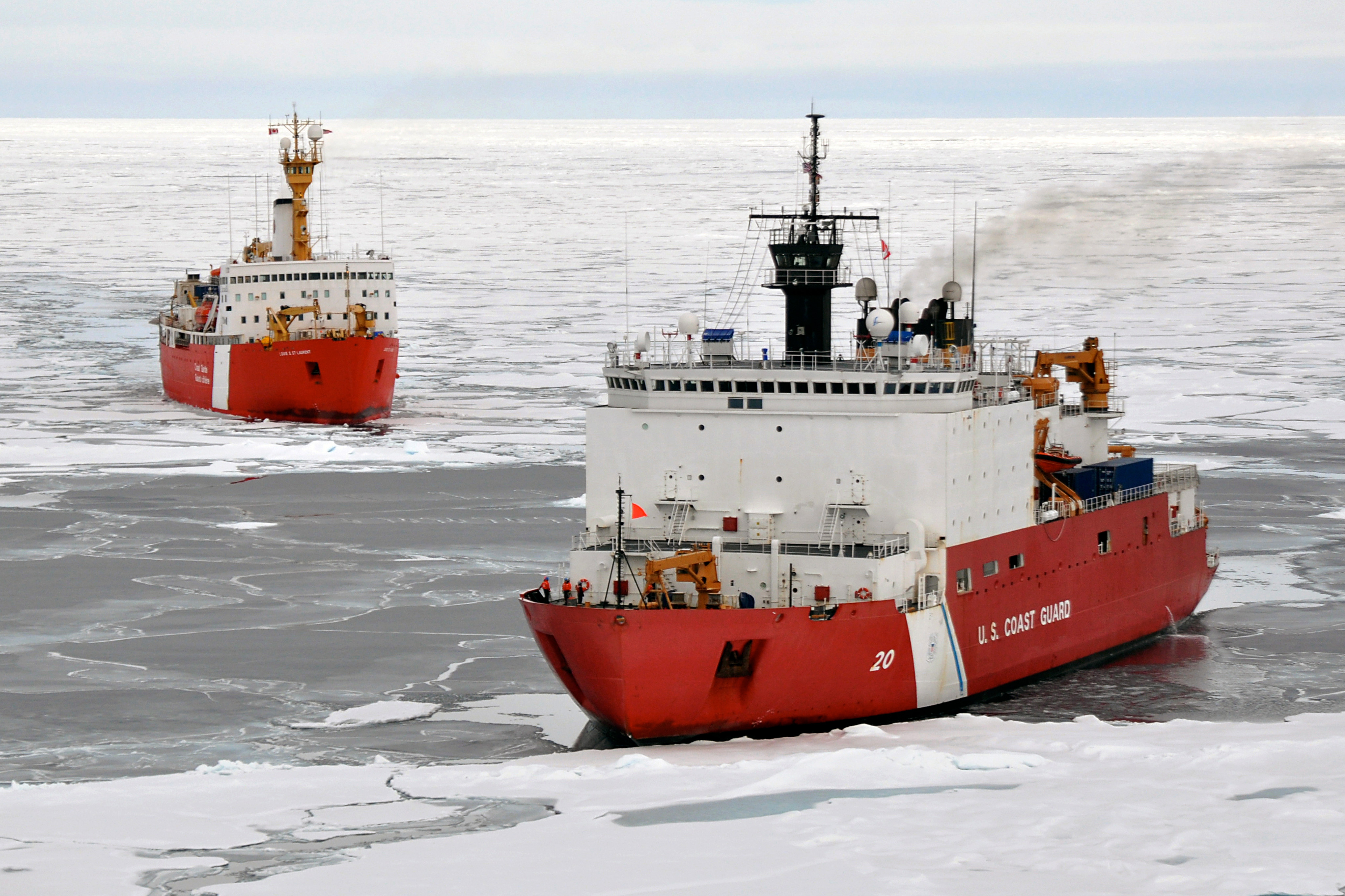US Coast Guard will get some icebreaker design help from Canada

Mention icebreakers in a North American context, and most people will think of the U.S. After decades of inattention, America is down to two icebreakers powerful enough to operate in polar conditions.
Canada, despite similar woes, escapes the foreign limelight. Nationally, however, its inability to refurbish its own fleet has been labelled an “embarrassment” by Michael Byers, a leading Arctic thinker. Unlike Washington’s situation, this is not for a lack of trying: Back in 1985, Ottawa unveiled its Polar 8 program, which was to result in construction of the world’s most powerful non-nuclear icebreaker.
In 1990, the programme was scrapped, due to cost concerns. Instead the Louis S St-Laurent, a vessel built in 1969 and due to be decommissioned in 2000, was refitted.
In 2005, the Canadians had a second opportunity to put an end date on the Louis S St-Laurent’s term of service, when Stephen Harper, then stumping for the prime minister’s office, pledged to build three icebreakers. This was later reduced to one. The latest projection is that the John G Diefenbaker will be ready for duty in 2021.
This is progress, at least. The U.S. has not built a heavy icebreaker for 40 years (Its newest big icebreaker, the Healy, was launched in 1997 but does not have a ‘polar’ rating), meaning that any shipbuilder who is selected to take part in a construction program that could include three heavy and three medium vessels, will need to start from scratch, but with the Coast Guard looking to begin construction by 2020, there is little time to waste.
One shortcut, announced last week, will be for the two coast guards to work together to design and test polar icebreaker designs.
The testing, according to the U.S. Coast Guard, will be conducted at a Canadian National Research Council ice tank in St. John’s, Newfoundland, starting in April.
The tank, one of the largest in the world, can be used to measure how well designs perform in a variety of ice conditions, including single and multi-year ice.
For the U.S., the testing will help it get back on track by giving insights into how icebreaker design and function. Once work the U.S. Coast Guard’s work in Canada is complete, further testing will take place at the U.S. Navy’s Surface Warfare Center, in Bethesda, Maryland, as part of an agreement that allows the two branches to pool their shipbuilding experience.
Last week’s announcement came ahead of meeting this week between Admiral Charles Michel, the Coast Guard’s vice-commandant and the Committee on Polar Icebreaker Cost Assessment, a watchdog. The point of the meeting was to explain why it is in America’s national interest to invest in ships necessary to maintain year-round ice-breaking capacity.
Although this is not currently not the case, the admiral was at least able to tell the committee that making it so would not require reinventing the icebreaker.